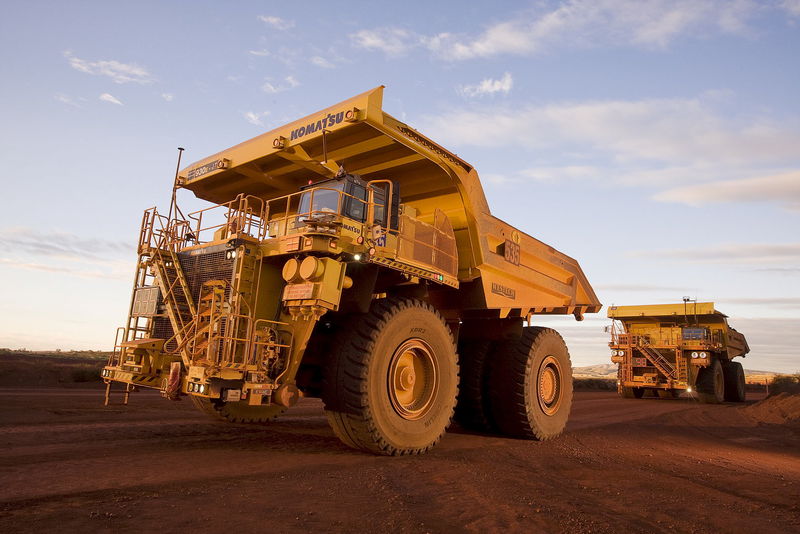The geological narrative of our planet is punctuated with dramatic events that have shaped the very ground beneath our feet. One such phenomenon is the creation of veins, which in the lexicon of geology, are not just features but storytellers, narrating tales of the Earth’s fiery interior and its relentless dynamism.
A vein is essentially a fissure, fault, or crack in rock formations, into which minerals from deep within the Earth have intruded or filled.
These minerals are typically transported by hydrothermal fluids—hot, mineral-laden solutions that rise from the depths due to the intense heat and pressure from the Earth’s core.
As these fluids ascend through the crust, they exploit weaknesses in the rock, depositing their mineral cargo into the crevices they permeate.
Mineral composition
The mineral composition of veins can be incredibly diverse, depending on the depth of their formation, the composition of the originating fluids, and the geology of the surrounding rock. Often rich in precious metals like gold, silver, or copper, these veins have been the impetus behind mining booms and the rise and fall of civilizations.
Veins are not haphazard creations; they follow the laws of physics and chemistry. Pressure and temperature dictate the solubility and mobility of minerals. When these hydrothermal fluids begin to cool, or when they react with the surrounding rock, the minerals they carry precipitate out, solidifying within the fracture. Over time, these deposits can form significant structures, ranging from thin threads to massive walls of mineral wealth.
Formation
The formation of a vein is akin to the healing of a wound. Just as the body works to repair a break in the skin, the Earth mends its fractures with mineral deposits. These natural bandages, however, offer more than mere structural integrity; they are archives of the Earth’s past, providing clues about the conditions that prevailed during their formation.
The study of veins is integral to the field of economic geology. Miners and geologists seek these features as they often indicate the presence of valuable ore deposits. Identifying and analyzing vein patterns can lead to the discovery of new mineral resources, driving exploration and mining activities.
However, the significance of veins extends beyond their economic value. They are also critical to understanding the processes that shape our planet. The size, shape, orientation, and mineral content of a vein can tell geologists about the history of the rock in which it is found, including information about the temperatures and pressures that were present and the fluids that flowed through the rock.
Harbingers
Moreover, veins are also harbingers of the Earth's fluidity and metamorphism. They reveal how the crust is rejuvenated and reshaped by the Earth’s internal forces. They serve as conduits for the heat and elements that facilitate metamorphic processes, transforming the very nature of the rock itself.
In mining, veins are pursued with vigor, as their extraction can yield substantial returns. But their exploitation must be approached with a blend of scientific acumen and environmental stewardship. Each vein extracted tells a story of millions of years of Earth's history and serves as a reminder of the finite nature of its resources.
And finally...
In the grand scheme of geological time, veins are transient features, albeit on a scale that far exceeds human lifespans. They are the Earth's way of articulating its ongoing evolution, a phenomenon that began long before humanity and will continue long after. As such, they are not just cracks filled with minerals but are profound symbols of the Earth's restless creativity and its ceaseless cycle of destruction and renewal.
